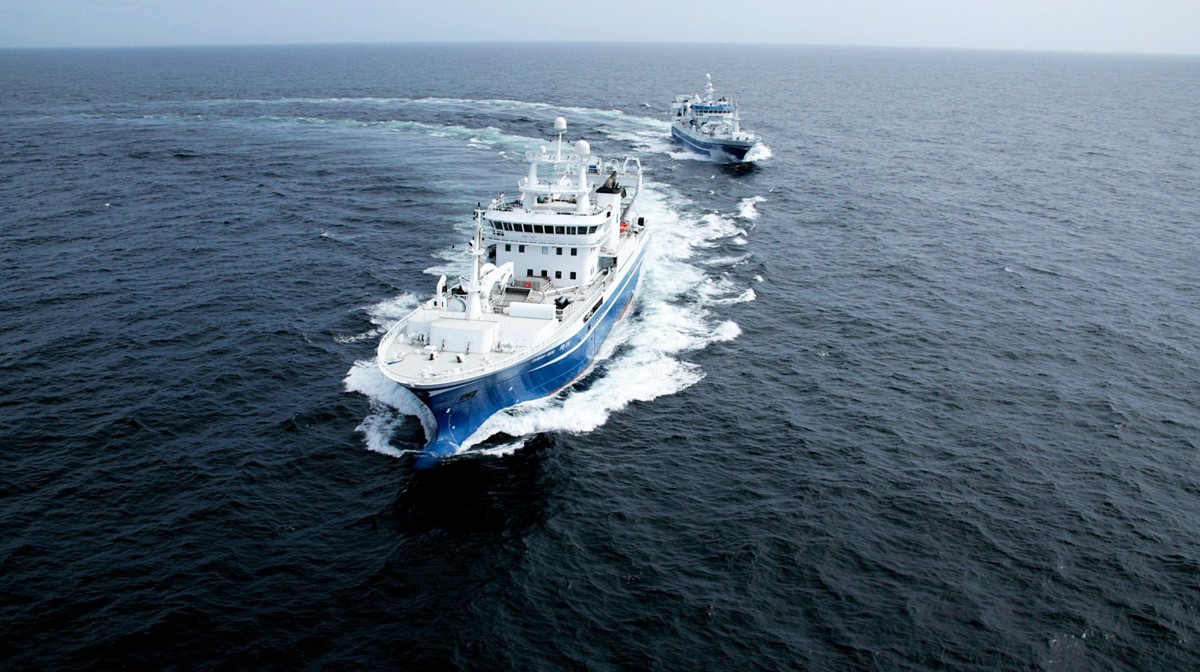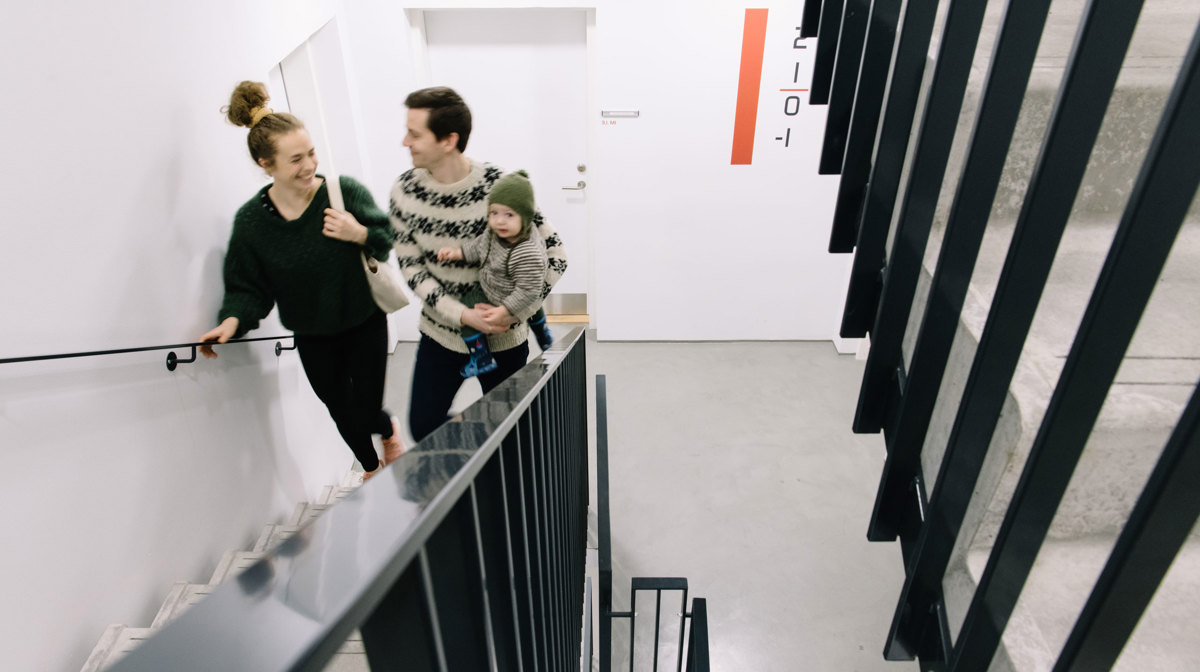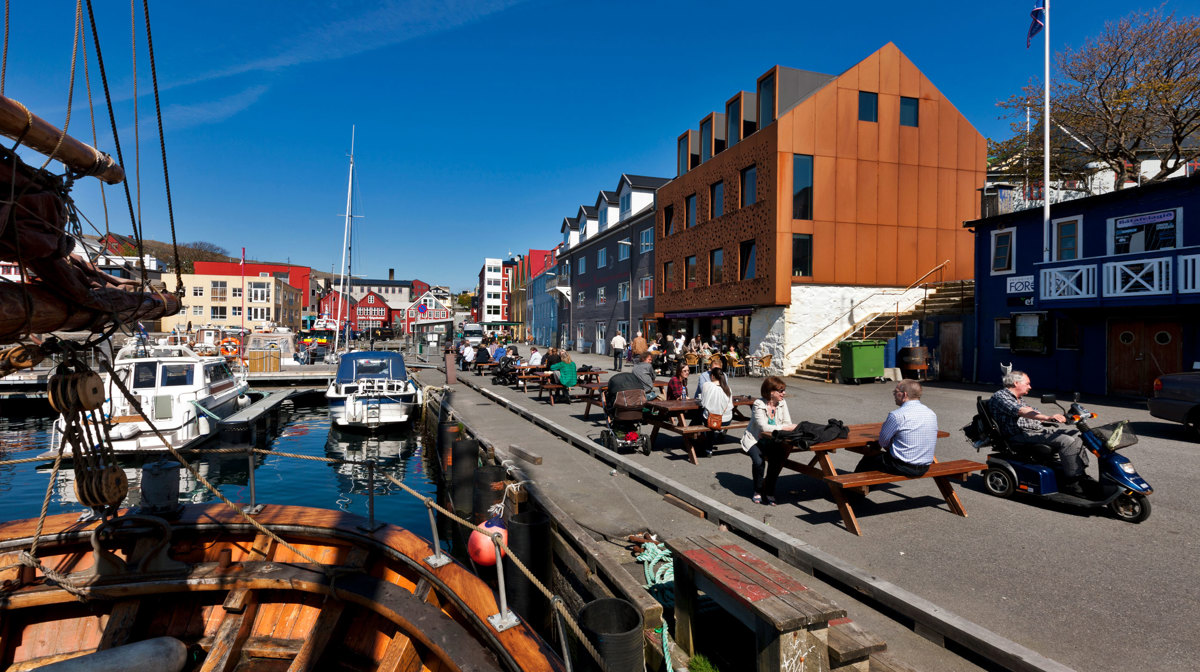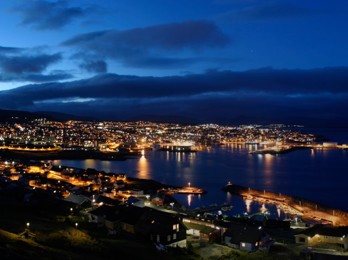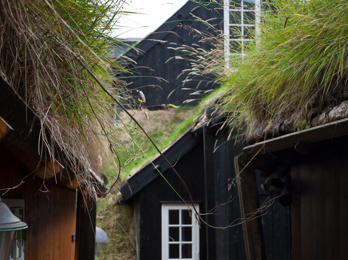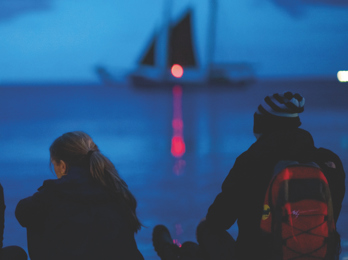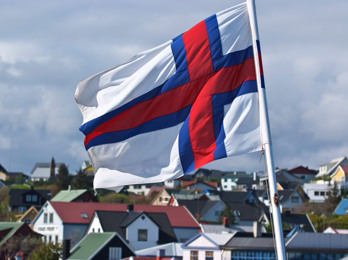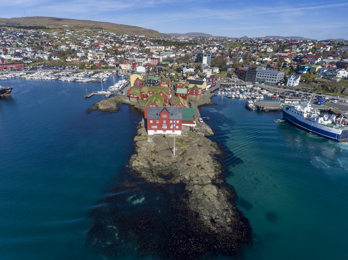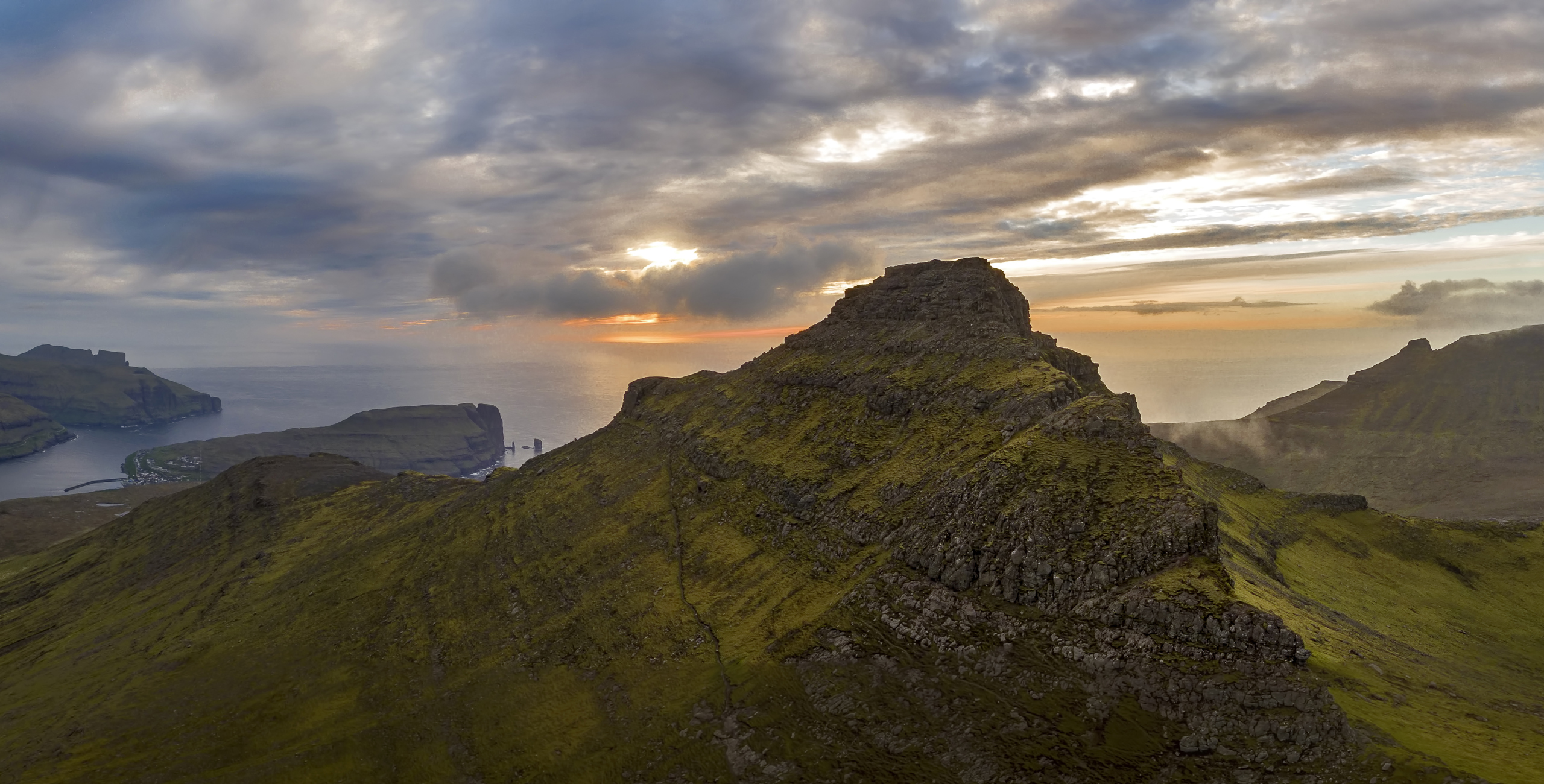
The closest neighbours are the Northern and Western Isles of Scotland. The Faroe Islands coordinates are 62°00′N 06°47′W.
The islands were shaped by volcanic activity 50-60 million years ago. The original plateau has been restructured by the glaciers of the ice age, and the landscape eroded into an archipelago characterised by tall mountains, steep cliffs, deep valleys and narrow fjords.
The islands are rugged and rocky, with Slættaratindur as the highest mountain, 882 metres above sea level. The coasts are mostly cliffs, many places towering 3-400 metres over the sea and providing good nesting facilities for legions of seabirds. The highest cliff, Enniberg, rises about 700 metres directly up above the ocean.
The language of the Faroe Islands is Faroese. It is a Nordic language, which derives from the language of the Norsemen, who settled in the islands some 1200 years ago. The name Føroyar (Faroe Islands) is derived from old Norse and means Sheep Islands, a name given by the Viking age settlers.
Fishing has been the main source of income for the Faroe Islands since the late 19th century and the Faroese are a significant actor in the global seafood market.
The Faroe Islands are a self-governing nation under the external sovereignty of the Kingdom of Denmark. Faroe Islands have exclusive competence to legislate and govern independently in a wide range of areas. These include for example the conservation and management of living marine resources, protection of the environment, sub-surface resources, trade, taxation, industrial relations, energy, transport, communications, social security, culture, education and research.
A treaty between the Faroe Islands and Denmark enacted in legislation provides Faroese autonomy in foreign relations. Although Denmark is a member state of the European Union, the Faroe Islands have chosen to remain outside the Union. Accordingly, the Faroe Islands negotiate their own trade and fisheries agreements with the EU and other countries, and participate actively in a range of international fisheries management arrangements and organisations.
The population is scattered over 17 of the islands, although 40% live in the capital, Tórshavn.
With a population of 55,000, the demographical and political landscape of Faroese society constitutes a tiny yet accurate scale model of a Nordic society of several million people.
The Faroese society is founded on the Scandinavian welfare model and citizens are entitled to a range of publicly financed services, and the living standard in the Faroe Islands is ranked amongst the highest based on GDP per capita.
The Faroe Islands have a highly developed infrastructure: telecommunications and high-speed internet plus a comprehensive road network and tunnel and ferry connections all provide an excellent base for maintaining the economic, social and cultural viability of communities all around the country.
Positioned strategically between Europe and North America, the Faroe Islands are only a couple of hours’ flight from the metropolitan centres in Northern Europe. From the Faroe Islands there are daily flights and regular ferry and cargo links to all neighboring countries.
Active participation in all aspects of local community life characterises the Faroe Islands. This contributes to social cohesion and a strong sense of local identity.
However, centuries of relative isolation from the outside world has resulted in the preservation of ancient traditions that to this day shape life in the islands. The unique mixture of tradition and globalization makes the Faroe Islands stand out amongst other nations, creating a population with a very strong and local identity and an active outlook as a globalized Nordic nation.

